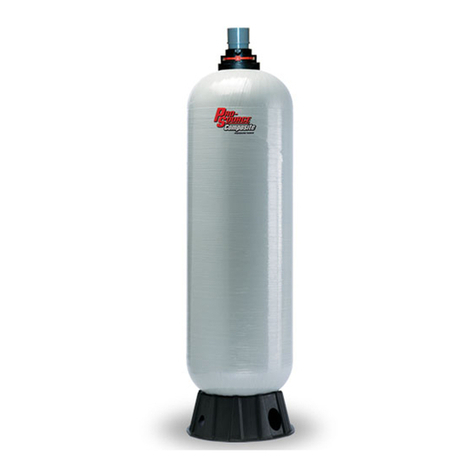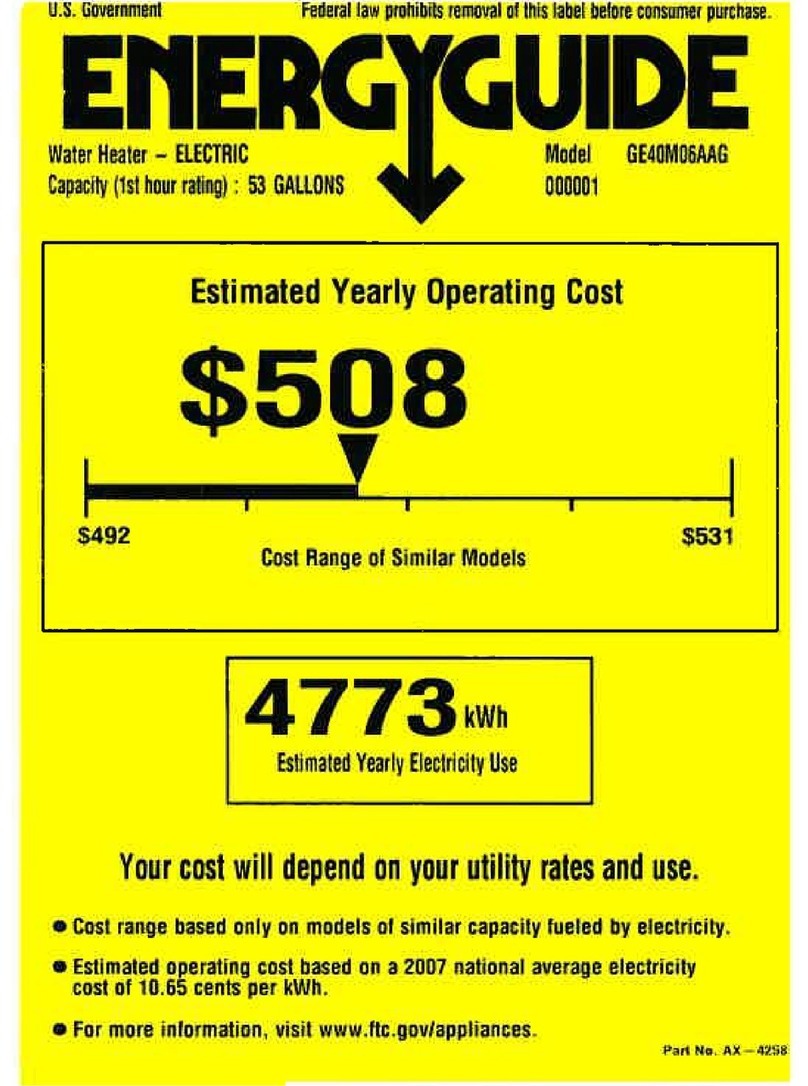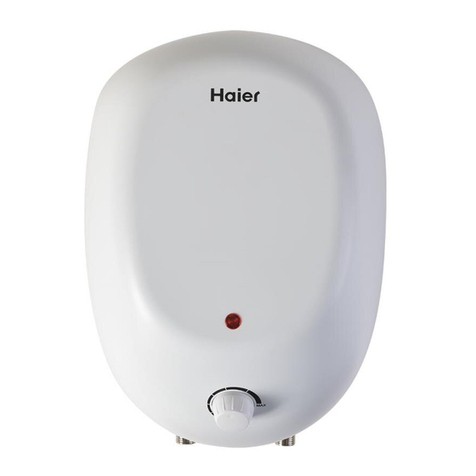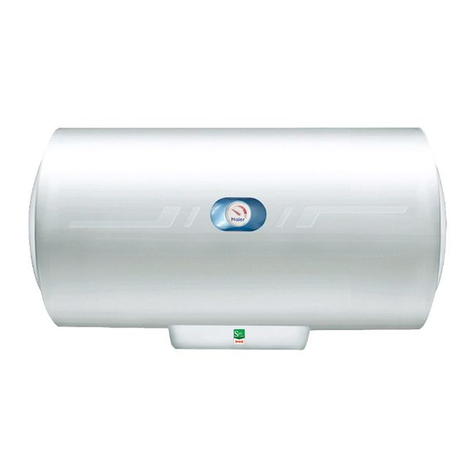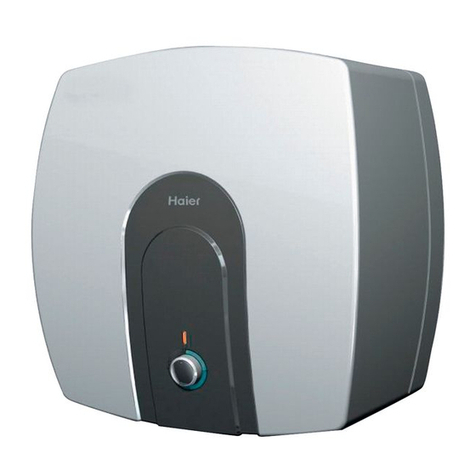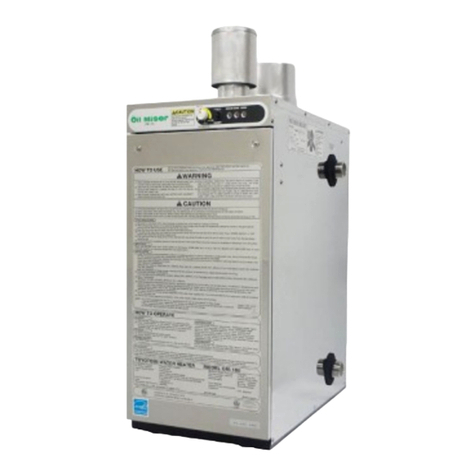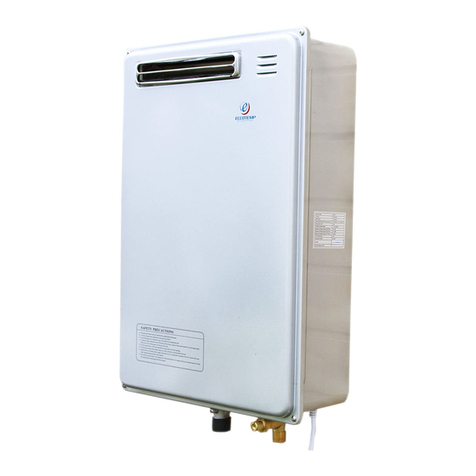
1.3 Safety information
Please read this operating manual carefully before operating the device and follow the instructions. Please keep this operating
manual accessible at all times. Damages to persons and property resulting from not complying with this operating manual are not
covered by the Product Liability Act. The manufacturer shall not be liable for any other damages resulting from not complying with
the instructions contained in this operating manual. Safety warnings warn against risks and help to prevent damage to persons
and property. Compliance with the safety warnings included in this operating manual is absolutely necessary to ensure personal
safety. Make sure that you comply with applicable national and international safety regulations. Each operator is personally respon-
sible for complying with the applicable regulations and must endeavour to comply with the most recent regulations.
1.4 Safety regulations
The magnetic® Heating Water Regulator may only be operating by specialist personnel. Please comply with the manufacturer’s
instructions in the maintenance or replacement of consumable parts. The warranty shall be void if modifications are made to the
device. The manufacturer shall not be liable in the event of damage due to incorrect operation. In addition, this shall result in the
warranty becoming null and void. The regulator may not be operated in potentially explosive atmospheres, or underneath a naked
flame. The HWR plus may only be operated if it is in proper working condition and may only be used for the treatment of water in
closed heating and cooling circuits. The treatment of drinking water, acids, lyes, etc. is not permissable. Prior to operation, check
the system for possible damage. Ensure proper use within the stated performance range. Before carrying out repair work, it is
absolutely necessary to separate the system from the water pressure or supply network. Damaged systems should be decommis-
sioned immediately. Faulty or damaged reaction vessels should only be repaired by specialist personnel authorised by the manu-
facturer. This is in your own interest. This prevents inadequate repairs. Please pay attention to the relevant and binding standards.
1.5 Exclusion of liability
The use must be in exact accordance with the instructions provided in this manual. The manufacturer shall not be liable for
any damage, including consequential damage resulting from the incorrect installation or incorrect use of this product.
1.6 Specific safety and handling instructions
The magnetic® Heating Water Regulator is only suitable for water treatment for engineering applications.
The treated circulation water is not suitable for human consumption.
In order to prevent technical faults, it is necessary to rinse the regulator once a year using clear water, ideally with completely de-
mineralised water. In addition, in order to ensure ideal function, the high-potential magnesium anode installed in the device should
be replaced as a consumable at least every two years. If the Heating Water Regulator is operated using extremely hard water, then
the increase of the pH value will result in lime scale along with the formation of lime sludge. In such a case, the reaction vessel
should be cleaned twice a year. Heavy limescale on the interior walls of the vessel can be removed using a diluted natural acid,
e.g. citric acid. The system is not resistant against strongly concentrated cleaning products.
The system may not be opened or disassembled during operation. The reaction vessel may not be opened without prior pressure
relief. The reaction container may contain hot water. Take appropriate precautions during maintenance work and protect yourself
against burns due to high water temperatures. Protect the system against mechanical damage. Do not use near heat sources and
naked flames. The installation of all parts should be carried out according to country-specific guidelines.




